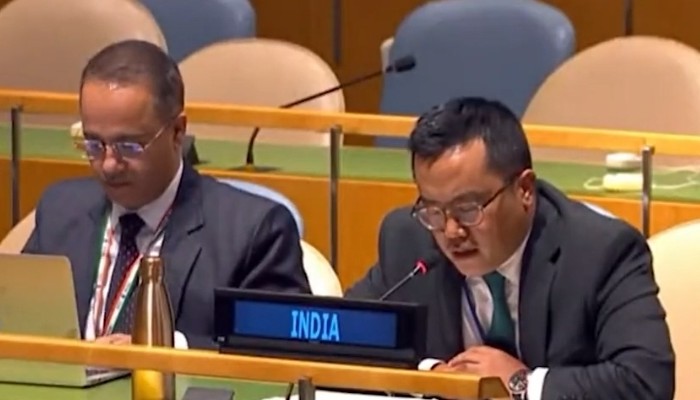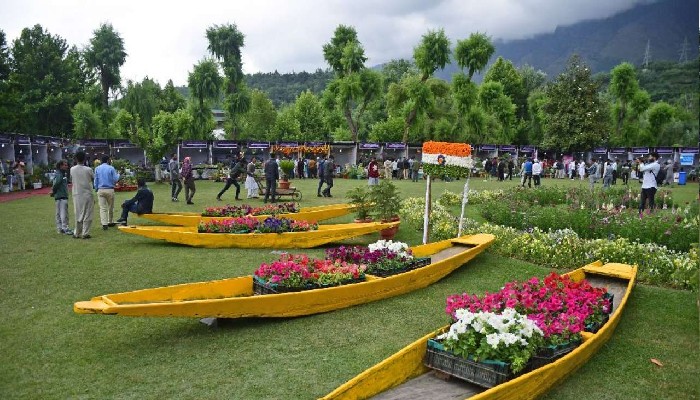By coming out with a coloured story on ‘India Day Parade’, the New York Times has exposed its biased and prejudiced mindset against India and its government
Claim:
In India, where a divisive brand of Hindu-first nationalism is surging, the bulldozer has become a symbol of oppression, and a focus of the escalating religious tension that has resulted in the government-led destruction of private homes and businesses, most of them owned by members of the country’s Muslim minority
Counterclaim:
In India, the New York Times has hardly two or three-dozen readership and they too may not be happy with the US daily’s routine publication of anti-India stories as they happen to be filled with unverified, unsubstantiated, and manipulated facts. Very often they look like propaganda material and this is the reason the US daily’s stories are not read by serious readers.
Once again it has sharpened its attack on India and the government by raking up Hindu and Muslim issues and for this, it has picked up just concluded ‘India Day Parade’ in New Jersey, a north-eastern US state where sizable number of Indians live. In that parade, a bulldozer also featured.
This earthmoving equipment has been used by government agencies in India for construction purposes, road building, removing encroachments and do away with illegal constructions also. Lately, the machine which was built by American farmer James Cummings and his draftsman friend J Earl McLeod in 1923, has gained reputation in some Indian states for its sparing use in demolition of illegal houses of people who have indulged in rioting, violence, and criminal activities.
In that way an innocuous bulldozer has become a symbol of law and order and a sizable section of people in India irrespective of religion and faith has welcomed the earthmoving machines’ use in dealing with anti-social elements and rioters.
But some vested interests, including the New York Times have pejoratively described it as a symbol of oppression. Because the earthmoving machines were used against people who encouraged or indulged in rioting in Uttar Pradesh and other parts of India, it was seen through divisive spectacles by some people.
Several organisations, including Jamiat-Ulama-I-Hind filed petitions in the Supreme Court seeking directions to the Uttar Pradesh authorities to ensure that no further demolitions of properties were carried out in the state without following due process. India’s apex court though refrained to stop the Uttar Pradesh government from carrying out demolition actions, but it said “All such actions must be within the ambit of the law.”
In a country where the population is around 1.4 billion, maintaining law-and-order is a tough challenge. Authorities do take several measures to maintain peace and win the trust of people in the law-and-order system. Recently, a self-styled politician, Shrikant Tyagi allegedly abused and assaulted a fellow resident in a posh society in Noida, which is part of the National Capital Region.
Following this, not only he was arrested but also the illegal constructions he had carried out around his flat were demolished with the help of bulldozer. Similarly, more than 100 houses built by Hindus on alleged disputed land in Bareilly, which is 226 km away from Lucknow, Uttar Pradesh’s capital, were demolished by the local authorities.
In Uttar Pradesh alone, as per police, Rs 1848 crore worth of illegal properties have either been seized or demolished in the recent past.
In fact, in India, the problem of illegal constructions is rampant. In the last few decades several master plans and blueprints have attempted to address this issue in New Delhi. The data with the Ministry of Housing and Urban Affairs states that there were 1700 illegal colonies in New Delhi till 2019--mostly belonging to Bangladeshi nationals who are residing here illegally. It needs administrative actions to address the issue of illegal constructions.
But somehow bulldozer has been made as a symbol of oppression against Muslim minority in India. Truth is no society will live in peace and aspire for prosperity if crimes are hidden and protected from lawful actions.











 Contact Us
Contact Us
 Subscribe
Subscribe
 News Letter
News Letter
 Instagram
Instagram Youtube
Youtube